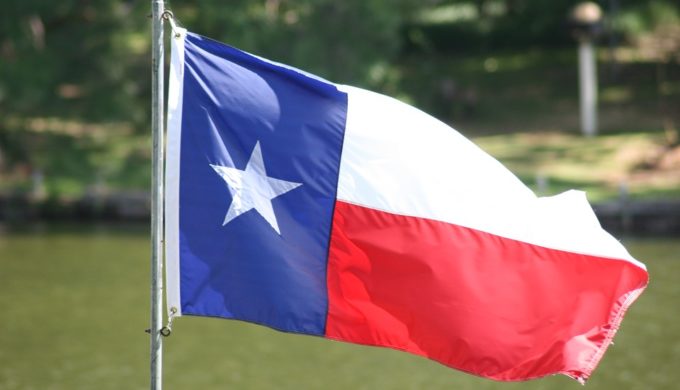On December 28, 1838, legislation authorizing the “Lone Star Flag” was introduced in the Congress of the Republic of Texas by Senator William H. Wharton. It was adopted as the final national flag of the Republic of Texas on January 25, 1839. Upon becoming the 28th state, Texas’ national flag became the de facto state flag, but officially (due to statute repeals at the legislature level), the state was formally flagless until 1933, with the actual passage of the flag law.
Lifestyle
The Texas State Flag – A Symbol Filled with Great Meaning
Designer

Photo: Facebook/ Texas Flag
The individual who actually designed the Texas flag is unknown. There is some debate as to whether Dr. Charles B. Stewart is the original designer, owing to the fact that although he drew the image of the flag which was used by the Third Congress (which enacted the legislation adopting the flag), his drawing reportedly looked like a tracing of a similar art piece.
Design

Photo: Maxpixel
There is actually a Texas Flag Code which assigns the symbolism to the colors of our state flag. They are noted as blue standing for loyalty, white representing purity, and red on behalf of bravery. The concept of the single red stripe and single white stripe reportedly got its inspiration from the Republic of Fredonia, which was a small state near modern-day Nacogdoches after seceding from Mexico in 1826. This new state had developed an alliance – one which consisted of its Anglo settlers and the area’s Native Americans. It used a red and white stripe to symbolize this alliance before Fredonia was forcibly re-integrated. Despite this outcome, their rebellion ultimately served as encouragement to the Texas Revolution. The “lone star” symbolizes the solidarity of Texans in their declaration of independence from Mexico, and actually pre-dates the state flag (the details behind which can be found here.) Hence the state’s official nickname becoming “The Lone Star State.”
Flags That Flew Before This

Photo: Flickr/Ray Bodden
An entire swath of flags flew over Texas prior to the existence of the present-day state flag. These consisted of national flags (during colonization), pre-revolutionary flags, and finally revolutionary (i.e., the “Come And Take It” flag.) Today there are specific rules for the flying of the American flag as well as our beloved state flag, which are legislated. Proudly, we embrace the design and colors of what we now know as our state flag, flying it in our yards, painting it on our homes, and wearing it on our clothing!



